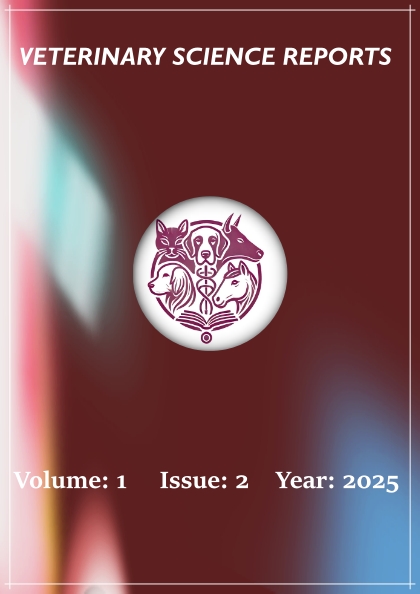The Role and Physiological Effects of NDF and ADF in Dairy Cattle Nutrition
DOI:
https://doi.org/10.5281/zenodo.17347120Keywords:
Dairy cow, Acid Detergent Fiber, Neutral Detergent FiberAbstract
Roughages play a fundamental role in the nutrition of ruminant animals. Plant-derived carbohydrates are generally classified as structural and non-structural fractions. In ruminant rations, these carbohydrate fractions are evaluated particularly through neutral detergent fiber (NDF) and acid detergent fiber (ADF) values. The NDF level is a crucial parameter in determining the amount of dry matter an animal can consume based on its body weight. In dairy cattle, having NDF at 25-33% and ADF at 17-21% levels in the total dry matter of the ration is considered optimal. These ranges help maintain rumen pH balance by increasing chewing activity and saliva secretion, thereby contributing to the sustainability of milk yield and milk fat ratio.
Additionally, maintaining a balanced rumen pH plays a critical role in preventing metabolic disorders. The ADF level is evaluated as an indicator of the digestibility of dry matter in the ration and, consequently, the amount of digestible energy provided. Maintaining the ADF level within the appropriate range directly affects feed intake, rumen function, body weight gain, milk yield, and milk components. Imbalances in NDF and ADF levels can lead to negative consequences on rumen health, milk yield, milk composition, and the frequency of metabolic diseases. Therefore, maintaining NDF and ADF levels in the optimal range in dairy cow rations is of great importance for both animal health and production efficiency.
Downloads
Published
How to Cite
Issue
Section
License
Copyright (c) 2025 Mehmet Irmak, Nesrican Kodan

This work is licensed under a Creative Commons Attribution 4.0 International License.



